Although many finch species are kept as pets, zebra finches are the most popular among bird owners. These birds are known for their energetic singing, with male finches typically being more vocal than female finches. Male finches also have more dramatic coloring that includes a red beak, orange cheeks, and black-and-white stripes on the throat and breast. Meanwhile, female finches are predominantly gray.
Zebra finches are generally hands-off birds for humans; however, they are social with other members of their species. It’s best to keep them in a large flight cage in pairs or groups. But if you put a male and female finch together, odds are they will breed if they’re healthy and comfortable in the environment.
Before Breeding
If you're interested in breeding zebra finches, first make sure you have the time and means to care for the birds. If you don't plan to keep the offspring, secure homes for the baby birds prior to breeding. Irresponsible breeding has left many animals homeless in shelters and rescues.
Any zebra finches that you intend to breed should be at least 1 year old and free from any physical abnormalities. Prior to breeding, have a veterinarian check your finches to make sure they are in good overall health and discuss the realities of breeding with them.
Nutrition
Nutrition is also an important factor to nail down prior to allowing your birds to breed. This ensures that they are as healthy as possible. Zebra finches generally do well with a staple diet of high-quality finch seed and pellets.
Supplement their diet with vegetables, fruits, eggs, and other bird-safe fresh foods. Sprouted seeds are also highly nutritious and good for your breeding pair. Opt for organic food whenever possible, as pesticides can be incredibly harmful to a bird's fragile body. And be sure to provide your finches with a good avian calcium supplement to support the hen during the egg-making process.
Nesting
All zebra finches need a large enclosure in which they can fly and play. After all, because they aren't typically handled, that enclosure is often their only space for exercise. The minimum cage size for a breeding pair is 30 inches long, 18 inches high, and 18 inches wide with bar spacing of a half inch or less. For optimal mental and physical health, it's a good rule of thumb to provide your birds with the largest cage you can fit and afford.
You can outfit your breeding finches with a small woven nest made specifically for small birds. Or you can offer a traditional wooden nest box that's at least 8 cubic inches. Line the nest box with shredded paper (that doesn't have any ink or dye) or another bird-safe nesting material.
Egg-Laying and Incubation Time
The average zebra finch can lay up to eight eggs in a single clutch, with the average being between three and six eggs. The hen typically lays an egg each day until the clutch is complete, and she will begin incubating the eggs after she lays the last one.
Zebra finch eggs begin to hatch within 12 to 15 days after the hen starts sitting on them. As a rule, if an egg hasn't hatched within 20 days, you can consider it infertile. It is best to leave the hen alone during this time and minimize noise and activity in her environment. Stress can cause a hen to neglect the eggs.
Hatchling Care and Weaning
Because zebra finches are not typically hand-tamed birds, the parents should be allowed to raise their hatchlings undisturbed. (With other species, such as parrots, it is important to handle and hand-feed young birds to begin their socialization process.) Continue to feed the parents their regular quality diet. But make sure to offer foods high in protein, such as eggs, which can help the babies develop.
The babies are usually weaned between 21 to 28 days old. At this point, you might see the parents chasing them out of the nest to encourage them to find food on their own. They will get their adult plumage between 5 and 6 weeks old, which is around the time you can move them to their own cage.

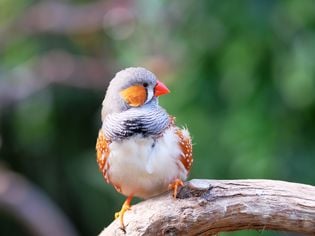
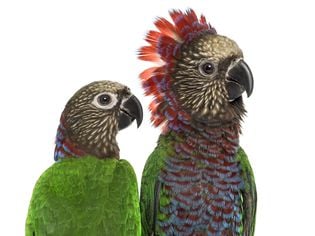
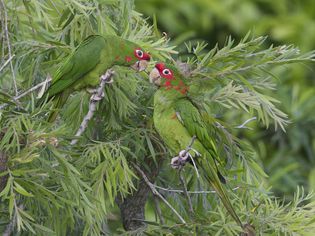
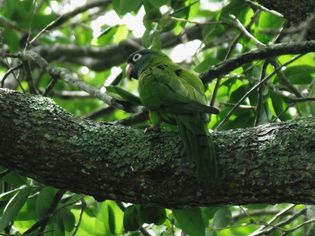
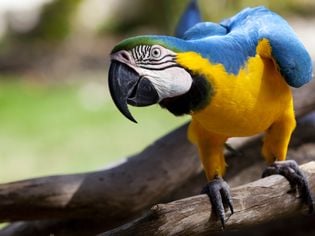
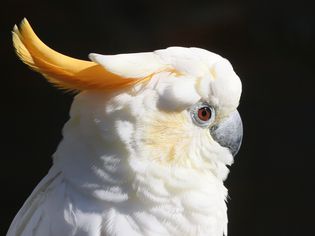
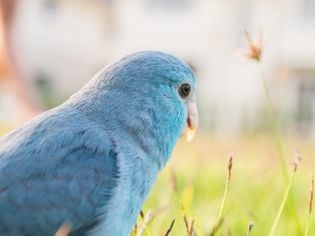


Comments on " How to Breed Your Own Zebra Finches" :